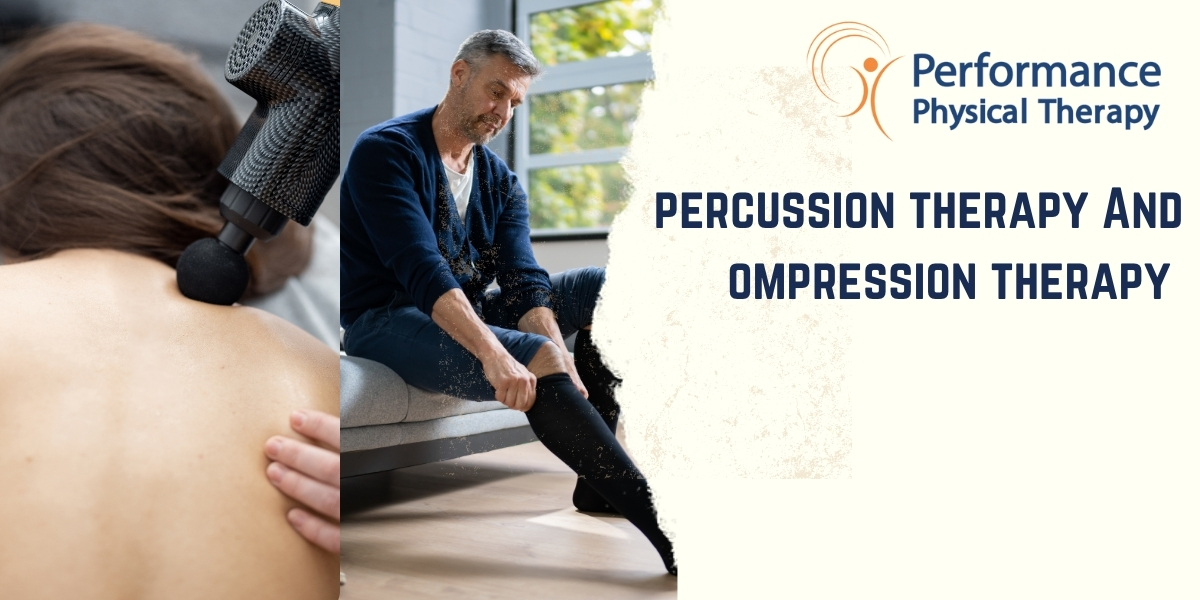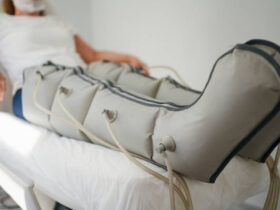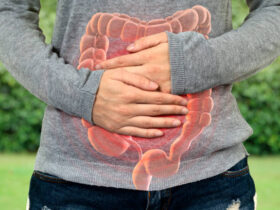In the realm of physical recovery, two powerful therapies—compression therapy and percussion therapy—stand out for their effectiveness in accelerating the healing process and enhancing overall well-being. Each of these therapies offers unique benefits that cater to different needs, but when used together, they can provide a comprehensive recovery strategy.
Understanding Compression Therapy
Compression therapy is a technique designed to improve circulation and reduce swelling. It works by applying pressure to the limbs or body to encourage blood flow and lymphatic drainage. This type of therapy is commonly utilized by athletes and individuals who suffer from chronic conditions or injuries. The SportPump Recovery System exemplifies the advancements in compression therapy, providing a sophisticated approach to this time-tested technique.
How Compression Therapy Works
The SportPump Recovery System employs sequential pulse technology, which combines three distinct massage techniques: pulsing compression, gradients, and distal release. Here’s how each component contributes to the recovery process:
- Pulsing Compression: This technique involves rhythmic pressure that mimics the natural muscle contractions of physical activity. It helps to enhance blood flow and reduce muscle soreness by promoting the removal of metabolic waste products from the muscles.
- Gradients: Gradual pressure is applied from the extremities towards the heart, which helps to support venous return and improve overall circulation. This technique is particularly effective in reducing swelling and improving lymphatic drainage.
- Distal Release: This method ensures that the pressure is released from the furthest point back towards the body’s core, which helps in reducing fluid buildup and improving overall fluid balance.
These combined techniques make the SportPump Recovery System a powerful tool for anyone looking to improve recovery times and overall physical health.
The Role of Percussion Therapy
Percussion therapy, often referred to as percussive therapy, is a form of massage therapy that involves rapid, targeted bursts of pressure applied to specific muscle groups. This technique is frequently used by athletes and physical therapists to enhance muscle recovery, reduce soreness, and increase flexibility.
How Percussion Therapy Works
Percussion therapy utilizes devices that deliver rapid, repetitive strokes to the muscle tissue. These strokes penetrate deep into the muscles, promoting blood flow, reducing muscle tension, and facilitating the release of knots. Here are some key benefits of percussion therapy:
- Enhanced Blood Flow: The rapid pressure increases blood circulation in the treated areas, helping to deliver more oxygen and nutrients to the muscles, which speeds up the healing process.
- Reduced Muscle Soreness: By targeting specific muscle groups, percussion therapy helps to alleviate soreness and stiffness, making it easier for individuals to resume their activities and training.
- Increased Flexibility and Range of Motion: The deep penetration of percussion therapy helps to relax tight muscles and improve overall flexibility, which can enhance performance and reduce the risk of injuries.
- Pain Relief: The technique can also help to alleviate pain associated with muscle fatigue, overuse, or minor injuries by stimulating the nervous system and releasing endorphins.
Integrating Compression and Percussion Therapy
While compression therapy and percussion therapy offer distinct benefits, integrating both into a recovery routine can provide a comprehensive approach to physical wellness. Here’s how combining these therapies can optimize recovery:
- Synergistic Effects: Compression therapy and percussion therapy can work together to enhance circulation and reduce muscle tension. Compression therapy addresses fluid buildup and improves venous return, while percussion therapy focuses on relieving muscle soreness and enhancing flexibility.
- Enhanced Recovery: Using both therapies in conjunction can accelerate the recovery process by addressing different aspects of physical stress and fatigue. Compression therapy helps with fluid retention and circulation, while percussion therapy aids in muscle relaxation and pain relief.
- Holistic Approach: Combining these therapies provides a more holistic approach to recovery, addressing both the circulatory and muscular aspects of physical health. This comprehensive approach can lead to better overall results and improved performance.
Conclusion
Both compression therapy and percussion therapy play crucial roles in the recovery and rehabilitation process. The SportPump Recovery System exemplifies the benefits of advanced compression technology, providing an effective solution for enhancing circulation and reducing swelling. On the other hand, percussion therapy offers targeted relief for muscle soreness and stiffness, making it an invaluable tool for athletes and individuals alike.
Integrating these therapies into a regular recovery routine can provide a synergistic effect, maximizing benefits and supporting overall physical wellness. Whether you’re an athlete striving for peak performance or someone looking to enhance your recovery, combining compression and percussion therapy can help you achieve your goals and maintain optimal health.
For those interested in exploring these recovery techniques, the SportPump Recovery System and percussion therapy devices are excellent options to consider, offering cutting-edge solutions for enhancing your physical well-being.











